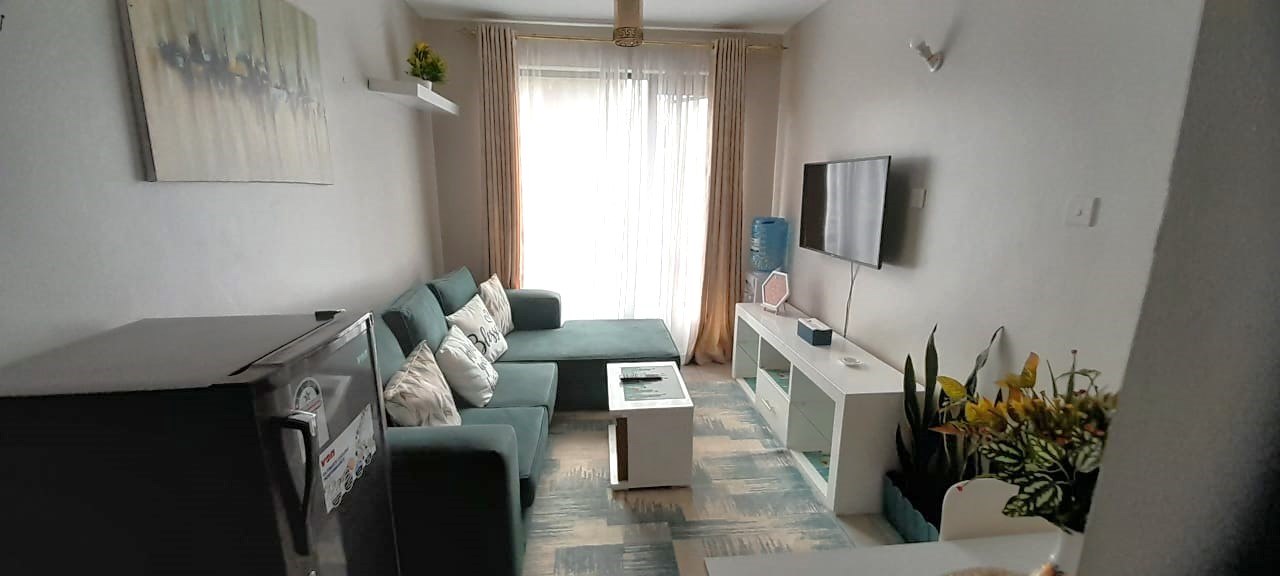If you weren’t born with a natural knack for interior design, don’t worry—it's a skill you can develop. Understanding the fundamentals of home decorating can help you transform any space into a stylish haven.
Interior Design vs. Interior Decorating
Interior design and interior decorating are often confused, but they serve different purposes. Interior design requires formal training in areas like space planning, furniture design, and architecture. Designers handle structural elements and overall spatial flow, ensuring that everything from walls to windows fits together cohesively.
On the other hand, interior decorating focuses on the aesthetics—the look and feel of a space. Decorators work with color schemes, furniture, fabrics, and accessories. They don't alter the room's structure; instead, they enhance its appearance. If you're looking to remodel a space entirely, you might need a designer. If you're only concerned with updating a room's look, a decorator might be more suitable.
Key Elements of Decor
Before diving into decorating, it's crucial to choose a cohesive style for your home. Whether you lean towards contemporary, traditional, or something in between, your style choice sets the foundation for your design. Unity and harmony are important—ensure the elements within each room flow together, creating a seamless aesthetic across your home.
Balance and Focal Points
Balance is a fundamental principle in interior design. It involves distributing visual weight in a room, whether through symmetrical or asymmetrical arrangements. Traditional interiors often feature symmetry, where elements mirror each other on either side of a room. Conversely, asymmetrical balance, more common in modern designs, creates a dynamic and relaxed feel.
Every room should have a focal point—a feature that immediately draws the eye. In a living room, this could be a striking fireplace, a large piece of artwork, or even a unique piece of furniture. The focal point sets the tone for the room and should be accentuated through scale, color, or texture.
Contrast, Variety, and Rhythm
Contrast and variety keep a space interesting. This can be achieved by combining different textures, colors, and materials. For instance, a room with soft fabrics, glossy surfaces, and natural wood creates a rich, layered look.
Rhythm in design refers to the repetition of visual elements—whether that’s through color, texture, or pattern. This repetition helps guide the viewer's eye around the room, creating a sense of movement. You might achieve rhythm by using the same color in various shades or by incorporating a motif throughout the space.
The Role of Color in Interior Design
Color is one of the most powerful tools in a decorator’s arsenal. The colors you choose can significantly impact the mood of a room. While you might want each room to have its unique style, using a unified color palette throughout the house can tie the spaces together.
In smaller rooms, lighter colors can make the space feel larger, while darker shades add warmth and coziness. When selecting colors, consider the room's natural light and how the colors will interact with it throughout the day. Complementary colors create balance and harmony, whereas contrasting colors can add drama and depth.
Mixing Patterns Like a Pro
Mixing patterns is an advanced decorating technique that adds character to your home. While the idea might seem daunting, the key is to ensure that patterns complement rather than compete with each other.
To successfully mix patterns, focus on three factors: color, size, and scale. Start with one dominant pattern and then layer in smaller, complementary patterns. For example, pair a bold floral print with subtle stripes or polka dots. Keeping a consistent color palette across patterns ensures they work together harmoniously.
Tips to Get Started With Your Decor
When decorating, it's easy to get carried away. Editing is key to creating a cohesive look. A good decorator knows when to stop, ensuring that each element contributes to the room's overall design.
Pillows are a common area where people tend to go overboard. While they can add color and texture to a room, too many can clutter a space. Aim for balance—enough to add interest without overwhelming the sofa.
The placement of artwork and lighting also plays a crucial role. Art should be hung at eye level, while chandeliers and other lighting fixtures should be positioned to illuminate the room without obstructing views or movement. When hanging a chandelier above a dining table, make sure it’s low enough to light the table but high enough to avoid head bumps.
Investment Pieces vs. Budget Finds
Decorating can be expensive, but you don’t have to break the bank to achieve a stylish look. Focus on splurging on key items like your sofa and bed—these are pieces you’ll use daily, so quality matters. For other elements like rugs, accent tables, and decorative accessories, you can opt for more budget-friendly options.
Mixing high-ticket items with affordable finds is a strategy many decorators use to create a polished look without overspending. The key is to invest in pieces that provide both comfort and durability, while using more affordable items to add style and personality.

